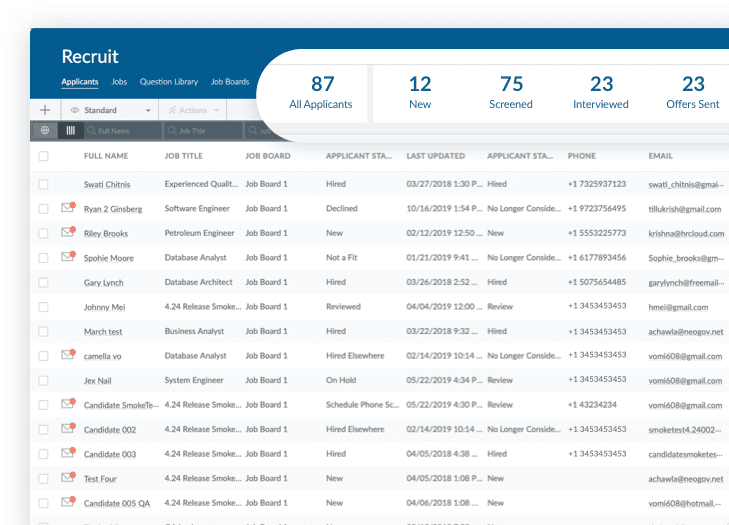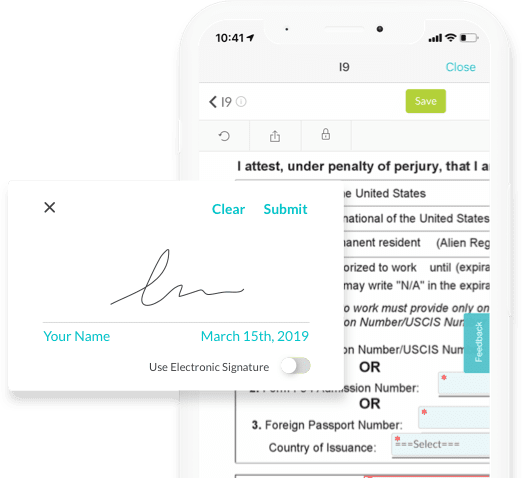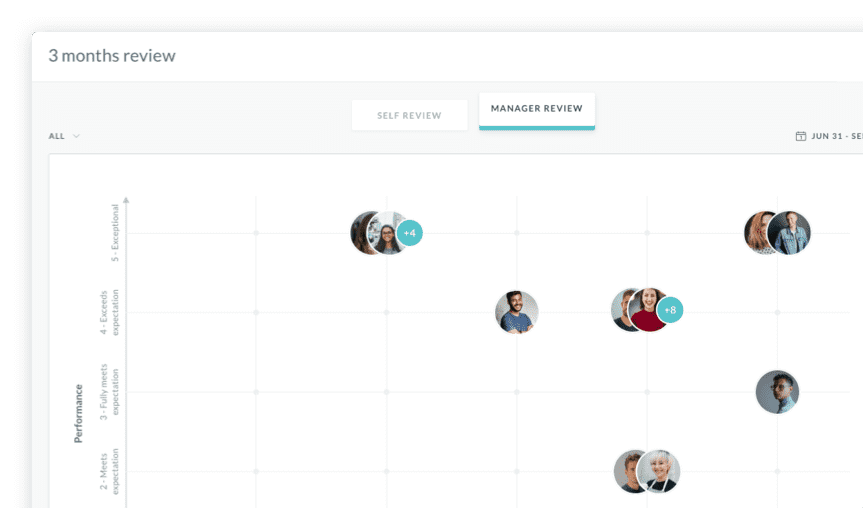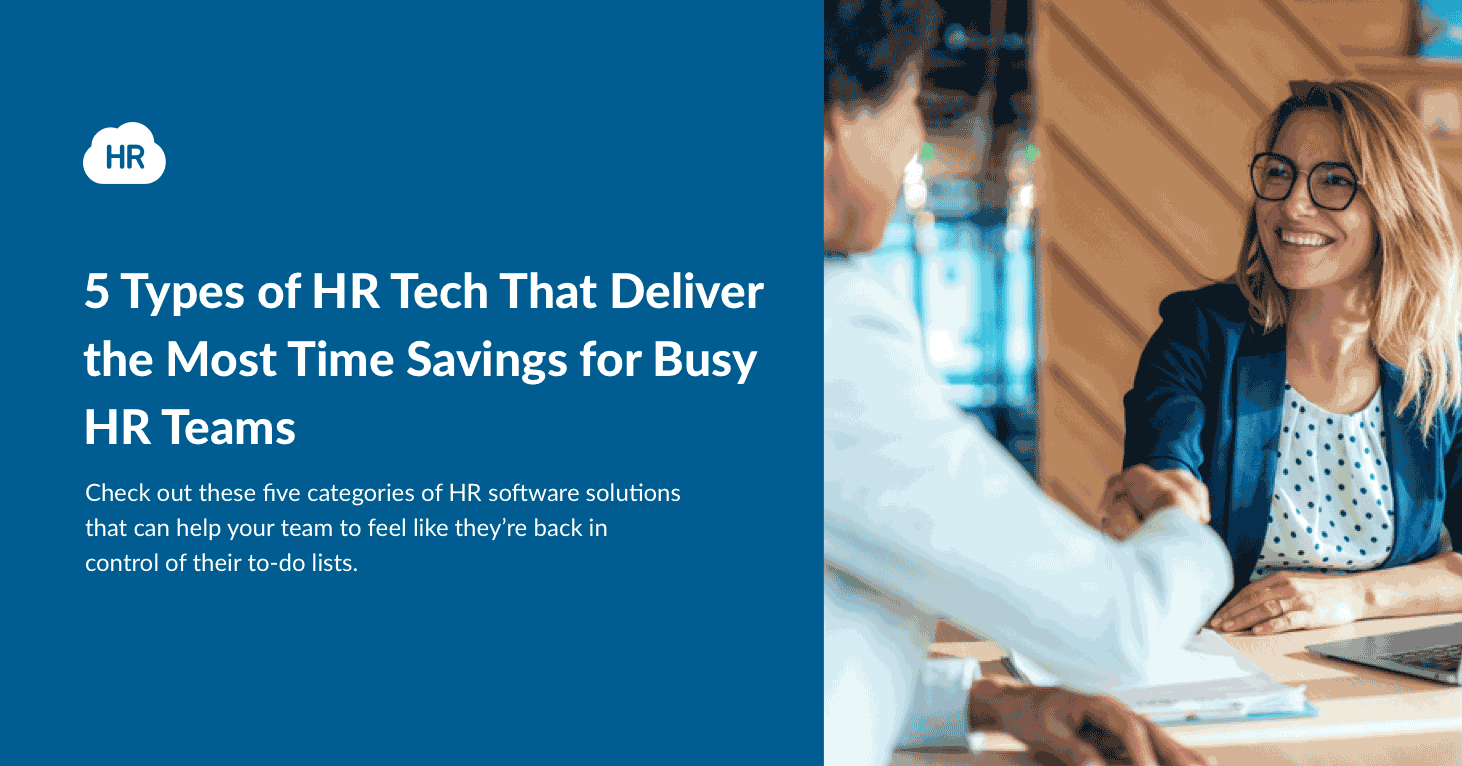HR departments around the world are facing a series of challenges. The past few years of economic turmoil and the dynamics of the pandemic have changed workplace expectations on many fronts. This has left HR personnel struggling to adapt to a new range of unfamiliar issues while trying to keep up with the demands of core HR functions.
According to a 2023 Gartner survey, 80% of HR leaders say they are facing different challenges to those they encountered pre-COVID-19, with 55% fielding more employee requests on a wider variety of topics, and 45% agreeing that it’s gotten harder to juggle conflicting priorities.
Many of these new issues are related to employee mental health and employee relations (ER) in general. Research carried out by Wade Macdonald found that 47% of senior HR stakeholders are dealing with far more ER issues than pre-pandemic, with the rise in grievances about mental health and wellbeing, as well as those relating to hybrid or remote working, comprising the majority of the new burden.
Not surprisingly, this surge in challenges and leap in unfamiliar situations is exacting a toll on HR personnel. Gartner notes that 71% of respondents report a greater degree of burnout among their staff, and over half saw increased difficulty in retaining and recruiting HR employees.
HR leaders are seeking solutions to the crisis in the making, and their main address is HR tech. Technologies for HR teams have developed significantly in recent years, delivering time-savings and boosting efficiency for a number of vital HR tasks, helping human employees to get more done, and freeing them to dedicate more time to issues that only they can resolve.
Here, we explore HR technology to reveal five essential solutions crafted to provide significant time savings for HR professionals immersed in their daily tasks.
Post Jobs, Evaluate Candidates,
and Hire the Best with Our
Applicant Tracking System

1. ATS Platforms
Applicant Tracking System, or ATS, platforms, assist HR teams in navigating the complex and often frustrating process of recruiting and hiring. They automate recruitment workflows to save time on repetitive tasks like posting jobs; increase efficiency in filtering candidates; and ultimately improve compliance. ATS systems assign tasks and timeframes, monitor the recruiting funnel, and point you to the best sources for quality candidates to improve your candidate pipeline.
HR Cloud’s Recruit ATS allows HR personnel to push a single job posting to multiple job boards, create customized application portals, and send personalized emails or text messages to numerous applicants at once. The system collects and organizes applicant data, tracks interactions, and delivers easy-to-read reports, so you can see candidate information and assess suitability in a single interface.
2. Employee Onboarding Tools
Employee onboarding tools smooth the tedious process of collecting employee data and onboarding new hires into your tech stack and work processes. An automated, cloud-based platform like HR Cloud’s Onboard allows new hires to self-onboard through a personalized portal. It guides them through the process of completing forms and understanding employee management software, freeing HR for other tasks, and empowering new hires.
Instead of repeating information on multiple paper forms, Onboard can pull data from the recruitment platform into the employee management system, reducing the risk of manual errors and saving time. With a digitized process, including approval workflows and checklists, there’s much less chance that something could be overlooked.

3. Payroll Apps
Payroll is famously time-consuming, and it’s only becoming more so with the rise of hybrid, remote, and flex working. Cloud-based payroll automation solutions take over the grind of gathering and verifying data about hours worked, time off, overtime, and more, by pulling information from integrated HR systems.
Automating payroll brings more accuracy to complex calculations about deductions, shift tallies, and bonuses. Payroll apps can automatically apply wage compliance rules, increasing trust in HR and saving HR employees from complicated, and often confusing, calculations, such as calculating overtime pay.
They also can handle payments and tax reporting, slashing the time that employees have to wait before they get their paycheck and increasing tax compliance.
4. Performance Review Platforms
Performance management is notoriously sensitive and tedious, but performance review platforms like HR Cloud’s Perform can help. Performance management software can automate tasks like gathering data and feedback, setting and measuring progress toward goals, and producing clear reports on individual, team, and organizational levels.
With tools like Perform, it’s possible to customize evaluation templates to make them more relevant and informative, and invite employees to set and check off their own goals, increasing their sense of being heard. Once performance review is automated and streamlined, it can be conducted on an ongoing basis rather than intermittently, which delivers more support for employees and opens up better visibility into performance trends.

5. HR Financial Planning Tools
Instead of using manual data entry and multiple spreadsheets to create and manage budgets, track expenses, forecast needs, and allocate resources, HR teams can automate it with HR financial planning tools. This enhances accuracy and significantly reduces the time spent on administrative budget management.
In addition, HR financial planning software offers real-time insights into key financial metrics, making it easy to monitor labor costs, recruitment expenses, and other expenditures. This allows for informed decision-making and headcount spend optimization, enabling better alignment between HR strategies and broader organizational goals. By providing a comprehensive view of HR financial data, these tools empower teams to operate more efficiently and allocate resources more strategically.
The Right HR Tools Can Rescue HR Teams
For overstretched HR teams juggling increased employee expectations in a transformed workplace, HR tech can be a lifesaver. Automating routine tasks frees them from activities that can’t be delegated to software, and reducing the stress of overwork means they have more energy to dedicate to complex or sensitive situations. When it comes to HR, automation is quickly becoming a must-have.
Author Bio:
This article is written by a marketing team member at HR Cloud. HR Cloud is a leading provider of proven HR solutions, including recruiting, onboarding, employee communications & engagement, and rewards & recognition. Our user-friendly software increases employee productivity, delivers time and cost savings, and minimizes compliance risk.
Keep Reading
Importance of Onboarding: Purpose, Benefits, and What It Means for Your Workplace
Think about the last time you joined a new team. You had questions, maybe even doubts.
The Most Common Hiring Mistakes in the Healthcare Industry
The hiring process can be tedious in the healthcare industry, and it may be tempting to

